The global rise of India's "turmeric latte"—often marketed as "golden milk"—has sparked both fascination and skepticism. From trendy cafes in Los Angeles to wellness blogs in London, this vibrant yellow drink is touted as a potent anti-inflammatory elixir. But behind the Instagram-worthy aesthetics and bold health claims, does science support the idea that turmeric lattes can genuinely reduce inflammation? The answer, like the spice itself, is complex and deeply rooted in both tradition and modern research.
Turmeric, the golden-hued spice central to this beverage, has been a cornerstone of Ayurvedic medicine for centuries. Its active compound, curcumin, is the subject of thousands of peer-reviewed studies investigating its potential anti-inflammatory and antioxidant properties. When combined with black pepper (a common addition to turmeric lattes, as it enhances curcumin absorption by up to 2,000%), the drink transforms from a comforting ritual into a bioavailable powerhouse. Yet, the leap from traditional remedy to global wellness phenomenon raises questions about dosage, bioavailability, and the gap between cultural practice and clinical evidence.
Proponents of turmeric lattes often cite studies showing curcumin's ability to inhibit inflammatory markers like NF-kB and COX-2 enzymes, which play key roles in chronic inflammation. A 2017 meta-analysis in the Journal of Medicinal Food concluded that curcumin supplementation could reduce inflammation comparably to some pharmaceuticals—but with an important caveat: most studies use concentrated extracts, not the teaspoon of powdered turmeric found in your latte. This discrepancy highlights the challenge of translating lab results to real-world consumption, where factors like cooking methods and individual metabolism dramatically impact efficacy.
The drink's cultural appropriation also warrants examination. In India, haldi doodh (turmeric milk) has long been a home remedy for colds and sore throats—not a daily wellness tonic. Western marketing often strips this context away, repackaging it as a novel "superfood" while ignoring its origins. This commercialization has led to questionable formulations: pre-made turmeric latte mixes with negligible curcumin content, or cafes serving the drink with sugary syrups that counteract any potential benefits. The irony? Traditional preparations—simmering fresh turmeric root with fats and pepper—may hold more therapeutic value than their Instagrammable successors.
Emerging research suggests turmeric's effects may be most pronounced for specific conditions rather than general wellness. A 2021 randomized controlled trial published in Annals of Internal Medicine found that osteoarthritis patients taking curcumin supplements experienced pain relief comparable to ibuprofen—without the gastric side effects. Similarly, a 2019 study in Nutrition Journal showed reduced inflammation in athletes consuming curcumin after intense training. These findings imply that turmeric lattes might benefit targeted populations more than the average healthy consumer sipping them prophylactically.
Yet the placebo effect shouldn’t be underestimated. The ritual of preparing a warm, spiced beverage—especially one steeped in exoticized Eastern wisdom—carries its own psychological benefits. In an era where chronic stress fuels systemic inflammation, the mindfulness accompanying turmeric latte consumption may contribute as much to its perceived effects as the biochemistry itself. This interplay between physiology and psychology makes definitive claims about its anti-inflammatory properties particularly elusive.
As with many wellness trends, the truth about turmeric lattes lies somewhere between hype and heritage. While curcumin shows genuine therapeutic promise, the typical latte’s concentration—and our body’s limited ability to absorb it—means anti-inflammatory effects are likely subtle at best. For those seeking measurable results, standardized curcumin supplements with piperine (black pepper extract) may prove more effective than occasional golden milk indulgence. Yet as a cultural bridge and a gentler alternative to pharmaceutical anti-inflammatories, the turmeric latte’s global journey reflects our enduring search for healing—in both science and symbolism.
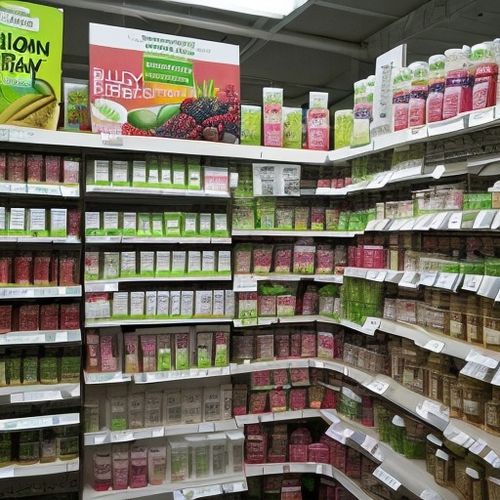
By Elizabeth Taylor/Apr 10, 2025
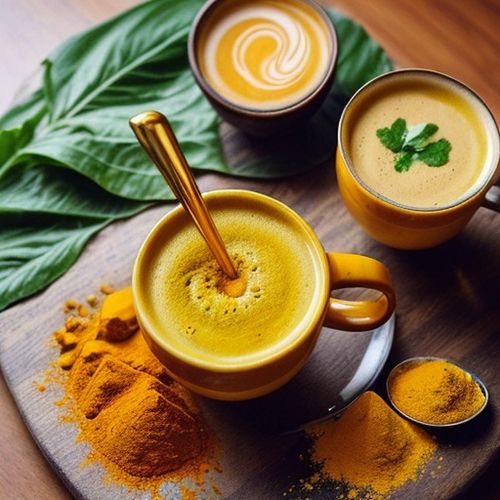
By Laura Wilson/Apr 10, 2025
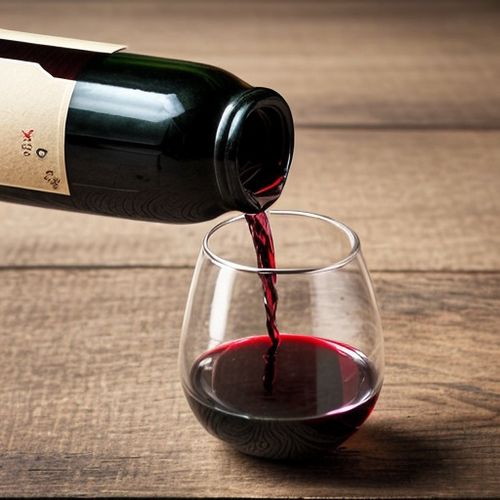
By Natalie Campbell/Apr 10, 2025
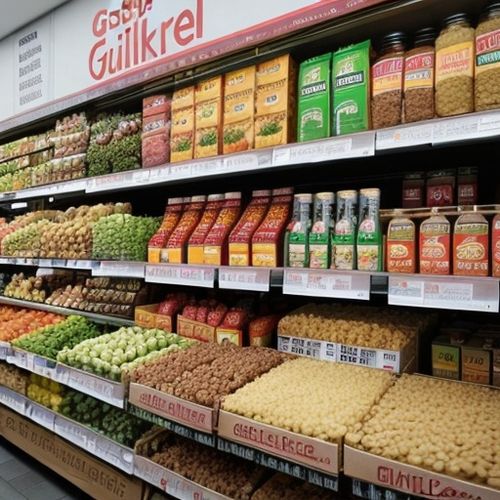
By Daniel Scott/Apr 10, 2025
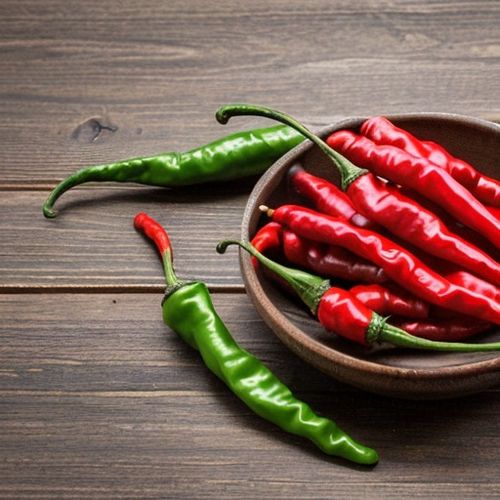
By Sarah Davis/Apr 10, 2025
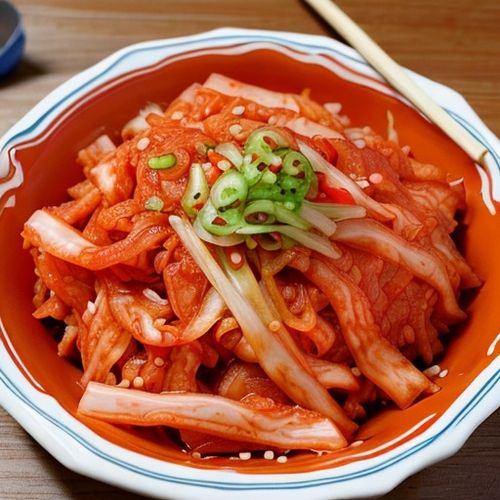
By Michael Brown/Apr 10, 2025
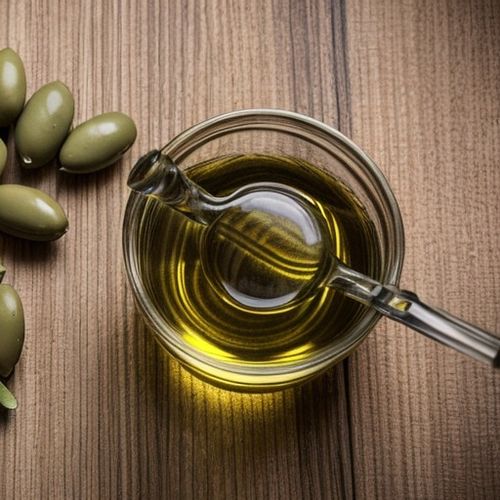
By George Bailey/Apr 10, 2025
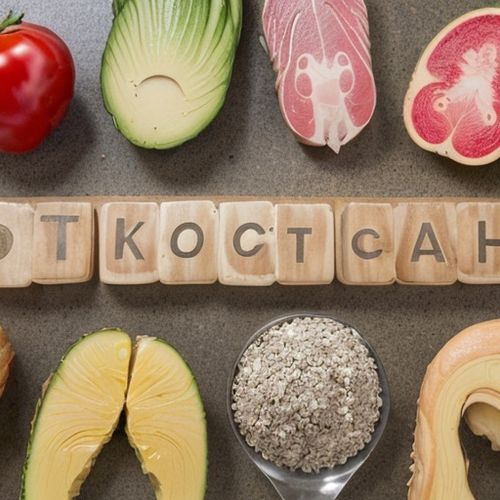
By Thomas Roberts/Apr 10, 2025
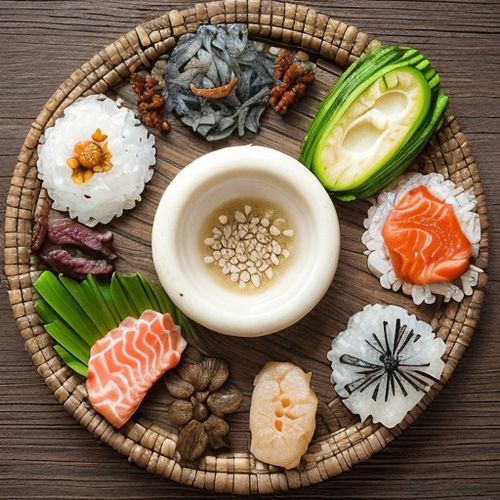
By Sarah Davis/Apr 10, 2025
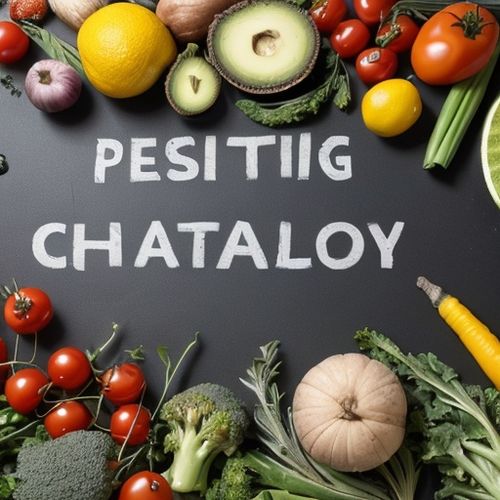
By William Miller/Apr 10, 2025
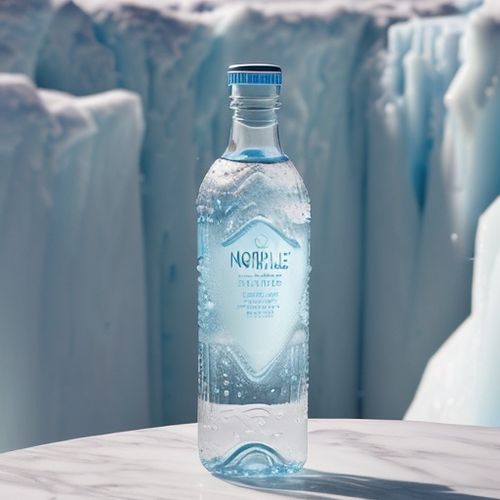
By Natalie Campbell/Apr 10, 2025
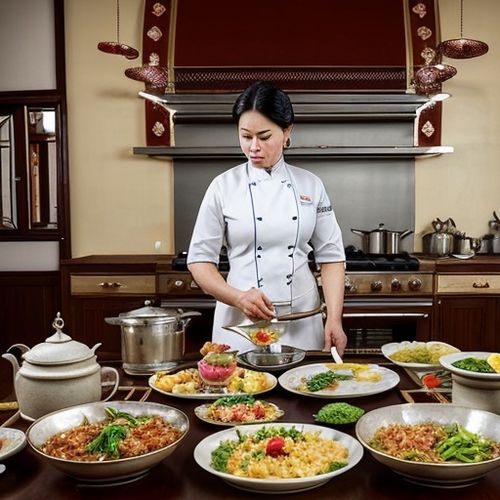
By Ryan Martin/Apr 10, 2025
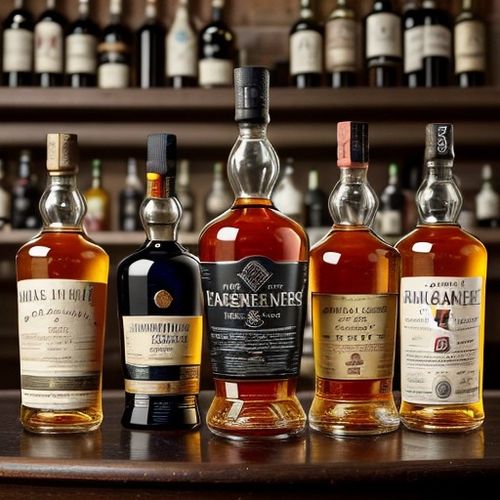
By Benjamin Evans/Apr 10, 2025
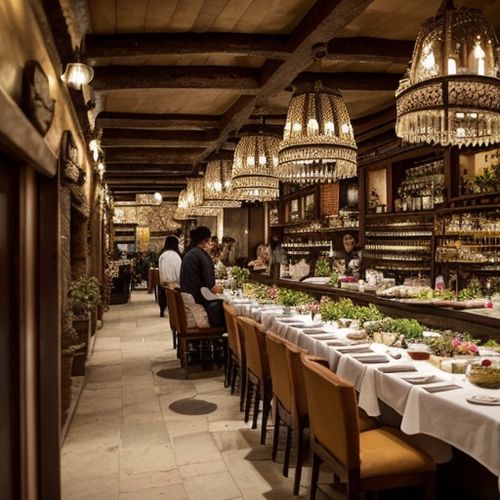
By John Smith/Apr 10, 2025

By Grace Cox/Apr 10, 2025
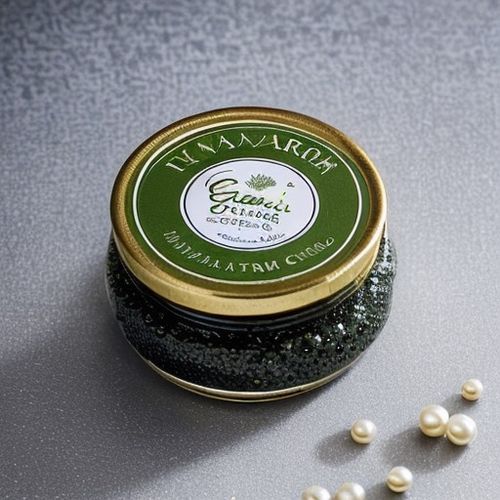
By Victoria Gonzalez/Apr 10, 2025
By Natalie Campbell/Apr 10, 2025